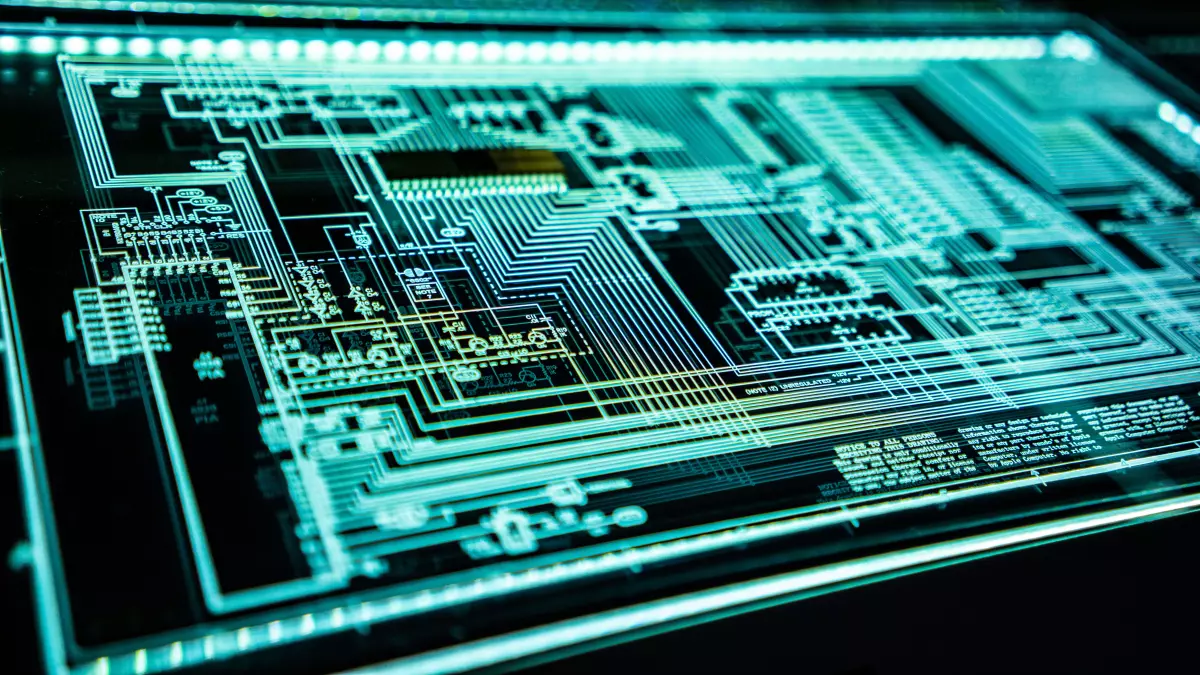Automation Overload
Cybersecurity automation is the next big thing, right? With cyberattacks on the rise, it seems like every company is racing to automate their defenses. The logic is simple: more attacks, more automation, fewer headaches. But what if I told you that this 'solution' might be creating new problems?

By Nina Schmidt
It’s no secret that cyberattacks are growing in both frequency and sophistication. Every day, businesses are bombarded with phishing attempts, malware, ransomware, and more. Naturally, the corporate world is turning to automation to handle this overwhelming threat. According to a 2023 survey from Devo, 80% of security leaders expected to increase their investment in security automation this year. The idea is that automation can help mitigate threats faster than any human could. Sounds like a win, right?
However, there's a catch. While automation can certainly help streamline responses to breaches, it’s not the magic bullet many believe it to be. In fact, relying too heavily on automation can lead to a false sense of security. Why? Because automation is only as good as the data and rules it's based on. If the system isn’t properly configured or updated, it can miss new, evolving threats. Worse, it can even trigger false positives, overwhelming teams with unnecessary alerts.
Let’s not forget that cybercriminals are constantly evolving. They’re not sitting back and letting automation win the war. Instead, they’re finding ways to exploit these very systems. Automated tools can be tricked, bypassed, or even used against the companies deploying them. For example, attackers can flood a system with fake alerts, causing the automated defenses to either shut down or miss the real threats hiding in plain sight.
So, what’s the solution? Should we abandon automation altogether? Of course not. Automation has its place, but it’s not a replacement for human expertise. The real key is balance. Companies need to invest in both automation and skilled cybersecurity professionals who can interpret the data, fine-tune the systems, and respond to the threats that automation can’t handle.
One company that’s betting big on automation is Torq, which recently raised $70M to further develop its cybersecurity workflow automation platform. According to TechCrunch, this investment reflects the growing demand for automated solutions in the face of increasing cyber threats. But even with this influx of capital, it’s crucial that businesses don’t fall into the trap of thinking automation alone will save them.
In conclusion, while cybersecurity automation is a powerful tool, it’s not the ultimate solution. Businesses need to combine it with human intelligence, constant monitoring, and a deep understanding of the evolving threat landscape. Automation can help, but it’s not the hero we’re all hoping for. At the end of the day, the best defense is a well-rounded one.





